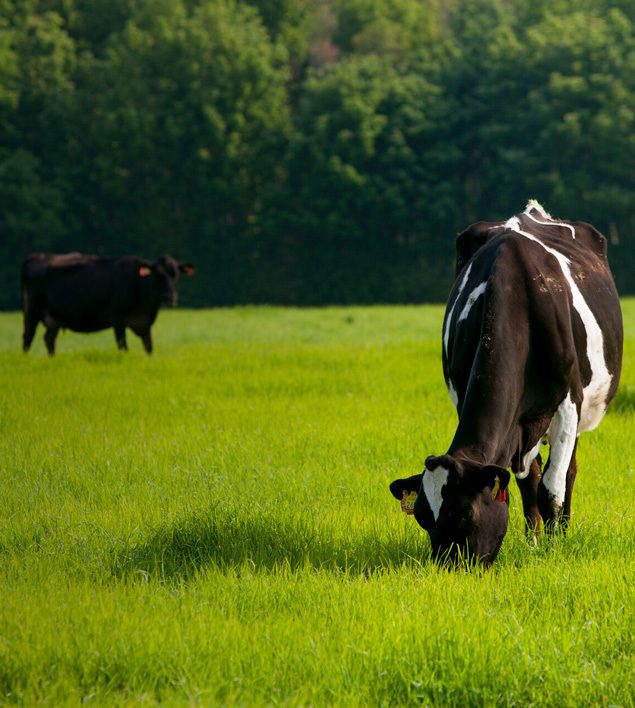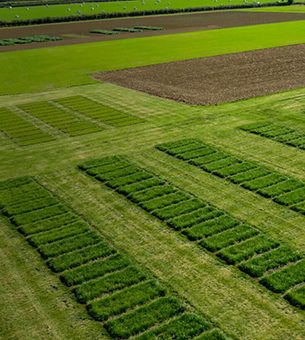Outwintering stock on brassicas provides an effective and cost-efficient solution for the winter months, but careful management is needed to make the most of this opportunity.
The cost of housing cattle during winter is estimated to be between £1.20 and £1.50 per day. This year, with feed prices rising sharply, wintering stock outside is a particularly attractive option. If you’re using brassicas for outwintering stock this year, grass and forage production specialist, Helen Mathieu, explains what to remember:
Brassicas suitable for outwintering include the hybrid brassicas, Swift and Redstart, a mix of kale and rape, which offer a flexible option for high energy grazing. Other leafy crops, such as Maris Kestrel kale, and root crops such as Triumph swedes and turnips, Appin and Vollenda, can also make suitable options.
Once a site with minimal gradient, free-draining soil and shelter has been selected, consider how you will manage both the crop and livestock. Animal health and production needs to be supported, without compromising soil conditions or risking poaching.
Transition carefully
Forage crops vary in composition to grass, so it is important to manage your livestock’s change in diet carefully, allowing rumen microbes to adapt. This transition period should be slow, ideally taking place over 10-15 days. At first, stock should be introduced to the brassica crop with full stomachs for a short period each day, before gradually increasing. Always ensure there is easy access to water and monitor stock carefully to check they are taking to the new crop well.
Additional dietary requirements
As brassicas are low in fibre, an additional fibre source, such as hay, straw or silage needs to be provided. Place this in the field before winter starts and feed in situ to avoid unnecessary movement and soil damage. No more than 70% of the diet’s dry matter content should come from brassicas, so ensure there is enough additional fibre to meet the stock’s dry matter requirements. To avoid risking milk taint in dairy cows, brassicas should only make up 30% of the ration’s dry matter content.
Brassicas are low in minerals and trace elements needed to support animal health, including copper, selenium, manganese, zinc, cobalt, and iodine. It is particularly important to ensure stock are receiving the required amounts of copper, selenium, and iodine so boluses or supplementary minerals should be used.
Strip grazing
When outwintering on brassicas use strip grazing to improve crop utilisation and minimise the risk of poaching. Use an electric fence to provide a long, narrow strip which allows all animals to feed at the same time. Offer a relatively small amount of fresh crop every day to maximise utilisation. If the field is on a slope, graze downhill as this can substantially reduce soil, nitrogen and phosphorus losses.
Minimise poaching
Try to minimise the risk of poaching wherever possible by ensuring you have the right infrastructure in place. When strip grazing, portable water troughs and back fencing should be used to prevent stock moving back over areas already grazed. Moving to fresh ground each day also helps minimise poaching.
Wherever possible, try to avoid any machinery entering the field during winter as this can seriously damage soil structure and lead to run-off. If you have not already placed bales in the field prior to grazing, make sure they are in place before the weather deteriorates to minimise soil damage.
In our next article, we look in more detail at how to manage stock on brassicas over winter to secure growth rate and performance targets.
For more information: Using brassicas successfully for outwintering livestock.



